Description
1st Infantry Division AH-64D Model
Fly with the 1st Infantry Division in this hand-crafted AH-64D model. Each piece is carved from wood and handpainted to provide a piece you’ll love.
Iraq 2003 and 2004
Soldiers from 1st Infantry Division clearing a building in Fallujah, 19 November 2004.
In January 2003, the division headquarters deployed to Turkey to command and control Army Forces Turkey (ARFOR-T) with a mission to receive and move the 4th Infantry Division across Turkey and into Northern Iraq. The task organization included HHC Division, 1–4 Cavalry, 1–26 Infantry, 1–6 Field Artillery, 2-1 Aviation, HHC Engineer Brigade, 9th Engineers, HHC DISCOM, 701 Main Support Battalion, 601 Aviation Support Battalion, 4-3 Air Defense Artillery, 101 Military Intelligence Battalion, 121 Signal Battalion, 12th Chemical Company, and other US Army Europe units to include the Theater Support Command. The division opened three seaports, two airports, three command posts, and convoy support centers along a 500-mile route from the Turkish coast, through Mardin, to the Northern Iraqi border. When the Turkish government voted to deny US ground forces access to Turkey, ARFOR-T collapsed the line of communication and redeployed to Germany home stations in April 2003.
1–63 Armor of the 3rd Brigade Combat Team deployed to Kirkuk, Iraq from Rose Barracks, Germany, during the first-ever deployment of the USAREUR (United States Army Europe) Immediate Ready Task Force (IRTF) in March 2003, in support of the 173rd Airborne Brigade. The battalion redeployed to Europe with the 173rd in March 2004.
The 1st Brigade, 1st Infantry Division deployed from Fort Riley, Kansas in September 2003 to provide support to the 82nd Airborne Division in the city of Ramadi, Iraq. In September 2004, the 1st Brigade was replaced by elements from the 2nd Infantry Division in Ramadi and redeployed to Ft. Riley.
In January 2004, the division less the 1st Brigade Combat Team deployed from home stations in Germany to Iraq, where it conducted an area relief with the 4th Infantry Division in the Salah ad-Din, Diyala, Kirkuk and Sulaymaniyah provinces, with the division headquarters located on Forward Operating Base Danger, in Saddam Hussein’s hometown of Tikrit. Task Force Danger, as the division was called during OIF2, was augmented with the 2nd Brigade, 25th Infantry Division, the 30th Heavy Brigade Combat Team of the North Carolina Army National Guard, the 264th Engineer Group of the Wisconsin Army National Guard, the 167th Corps Support Group, 1st ROC (USAR), and the 2nd Battalion, 108th Infantry Regiment of the New York Army National Guard. The 2nd Brigade Combat Team was headquartered in Tikrit, the 3rd Brigade Combat Team was headquartered outside Baqubah, and the 30th BCT was headquartered in Kirkuk. The 4th Brigade and Division Support Command were based at Forward Operating Base Spiecher north of Tikrit. Task Force Danger conducted counterinsurgency operations, to include the full spectrum of combat, peace enforcement, training and equipping Iraqi security forces, support to Iraqi institutions to improve quality of life, and two national elections. Major combat included operations in Baqubah, Samarra, Bayji, Najaf, Ad Diwaniyah, and Fallujah. In February 2005, the division facilitated an area relief with the 42d Infantry Division, New York National Guard, and elements of the 3rd Infantry Division and redeployed to home stations in Germany.
Rebasing to US
In July 2006 the division was withdrawn from Germany back to Fort Riley in CONUS, leaving only 2nd (Dagger) Brigade in Schweinfurt, Germany until 28 March 2008 when the 3rd Brigade, 1st Armored Division reflagged as the 2nd Brigade, 1st Infantry Division.
Iraq 2006–2008
The 2nd (Dagger) Brigade Combat Team deployed to Iraq from mid-August 2006 to late November 2007. 1st Battalion, 26th Infantry Regiment was the first to embark and was sent to the Adhamiya district of Baghdad to assist in suppressing the widespread sectarian violence. The 1st Battalion, 77th Armor Regiment was deployed to Ramadi and the 1st Battalion, 18th Infantry Regiment was sent to Forward Operating Base Falcon in the Al Rashid district of southwest Baghdad. HQ and HQ Company 2BCT, 1st ID, 9th Engineer Battalion, 1st Battalion, 7th Field Artillery Regiment, 299th Support Battalion, C/101 MI BN, and 57th Signal Company were all (Dagger) units occupying Camp Liberty, a sprawling encampment of 30,000+ military and DoD civilians located just east of Baghdad International Airport (BIAP). 2BCT MP PLT (formerly 2nd Platoon, 1st Military Police Company) was located at FOB (Forward Operating Base) Justice. During the 15-month deployment, 61 soldiers from the brigade were killed including 31 from 1–26 infantry which had the most casualties in any single battalion since the Vietnam War.[citation needed]
Elements from Fort Riley’s 1st (Devil) Brigade deployed in the fall of 2006 to other area of operations in Iraq. Units include companies from the 1st Battalion, 16th Infantry; 1st Battalion, 34th Armor; 1st Battalion, 5th Field Artillery; 1st Engineer Battalion; and D Troop, 4th Cavalry.
Transition team training mission
State-side training for the military transition teams (MiTTs) is located at Fort Riley, Kansas. Training began 1 June 2006. Some of the units such as the 18th Infantry Regiment, the 26th Infantry Regiment, and the 16th Infantry Regiment have already gone into Afghanistan along with some reconnaissance units. Those units have been in the Kunar Province since mid-2006. As of fall 2009 the transition team training mission has moved to Fort Polk, and the 1st Brigade has transitioned into a combat ready force with possible plans to deploy in the next few years.
Iraq 2007
Soldiers of the 1st Infantry Division’s 2nd Brigade Combat Team conduct security operations in Baghdad, Iraq in March 2007
In February 2007, the 4th Infantry Brigade Combat Team deployed to southern Baghdad in support of Operation Iraqi Freedom. the second unit tasked with the “surge” announced earlier in the year by President Bush. The main force of the brigade was under Col “Ricky” Gibbs at FOB Falcon. 2nd Battalion, 16th Infantry was put under operational control of 2nd Brigade, 2nd Infantry Division, and located at FOB Rustamiyah (Featured in the Book “the Good Soldiers” by Washington Post reporter David Finkel)
In the fall of 2007, the Combat Aviation Brigade (Demon Brigade), 1st Infantry Division deployed to Iraq and was placed under the command of Multinational Division – North located at COB Spiecher. The majority of the CAB is stationed at COB Spiecher, with the 1st Squadron, 6th Cavalry Regiment and some supporting elements stationed at FOB Warrior.
Afghanistan 2008–2009
In June and July 2008, 3rd Brigade, “Duke”, deployed to Eastern Afghanistan under the command of CJTF-101, relieving the 173rd Airborne Brigade and taking control of the Kunar, Nuristan, Nangarhar, and Laghman provinces. One of the brigades infantry battalions, 2nd Battalion, 2nd Infantry, was tasked out down south in the Kandahar province outside of the brigade command. The 6th Squadron, 4th Cavalry Regiment was tasked with securing the Kunar Valley. Combat Outposts Keating and Lowell were engaged in combat on nearly a daily basis while Observation Posts Hatchet and Mace disrupted Taliban supply lines and took the brunt of attacks from the east out of Pakistan. They were involved in the infamous Battle of Bari Alai, where 3 American soldiers and 2 Latvian soldiers were killed. The battle lasted over the course of 4 days where the fatigued soldiers of Charlie Troop and Hatchet Troop were continuously harassed by Taliban fighters after retaking the observation post. 6-4 Cavalry had the most casualties of the brigade with the exception of the 1st Battalion, 26th Infantry Regiment, who were continuously engaged with the Taliban in the Korengal Valley. CNN branded the brigade “The Dying Duke” because of the brutality and high casualty rate of the unit in their time in theater. Main focuses of the brigade and PRT were to protect population centers such as Jalalabad and Asadabad and help develop the local economy through the construction of roads, and provide security while doing so. The brigade returned to Ft. Hood, Texas in July 2009 after a year of combat in which they recorded over 2000 firefights, over 3000 enemy killed, over 1000 bombs dropped, 26,000 rounds of artillery fire and over 500 Purple Hearts awarded.
Iraq 2008–2009
In October 2008, the 2nd Heavy Brigade Combat Team deployed to northwest Baghdad in support of Operation Iraqi Freedom. The brigade HQ was located on VBC (Victory Base Complex) and the brigade was responsible for the NW quarter of Baghdad. During this deployment soldiers of the 1st CAB (Combined Arms Battalion), 18th Infantry Regiment were located on FOB Justice. The 1st CAB, 63rd Armor was initially located in Mah-Muh-Diyah (south of Baghdad) and then relocated to JSS Nasir wa Salam (NWS) in the Abu Ghraib area to the west of Baghdad. 5th Squadron, 4th Cavalry was located in the Ghazaliyah area of West Baghdad where they battled the 1920s Revolutionary Brigade and eventually wrested control of the area from them. The 1st Battalion, 7th Field Artillery was located on FOB Prosperity within the “Green Zone”, and the 2nd Brigade Special Troops Battalion located in the Victory Base Complex. During this deployment, the 4th Squadron, 10th Cavalry, 2nd Battalion, 8th (US) Cavalry Regiment was attached to the brigade for several months, as well as the 1st Battalion, 41st Field Artillery, and a battalion from the 56th Stryker Brigade Combat Team (PAARNG).
The most notable events which occurred during this time were the Iraqi provincial elections, the expiration of the UN Mandate and the corresponding implementation of the security agreement (SA), between the Government of Iraq and the United States, and “Bloody Wednesday” 19 August 2009 coordinated bombing of the finance ministry and the foreign ministry, with rocket attacks in the green zone. The bombings resulted in 101 dead and over 560 wounded. The Dagger Brigade experienced constant, albeit minor, enemy contact during this deployment—although the brigade still had two KIAs (one serving as the brigade deputy commander’s personal security detachment and one from the attached PAARNG battalion) and numerous WIA. During this deployment, LTC J.B. Richardson III (commander of 5–4 CAV) earned a Bronze Star for Valor for single-handedly assaulting through an enemy RKG-3 ambush and inflicting multiple casualties on the enemy.
Iraq 2009–2010[edit] 4th Infantry Brigade Combat Team (Dragons) deployed in August 2009 as one of the last combat units to be deployed to Iraq.
Iraq 2010–2011[edit] 1st Heavy Brigade Combat Team headquarters with their Brigade Support Battalion (BSB) and Special Troops Battalion deployed to Kirkuk, Iraq in October 2010 to establish the 1-1 Advise and Assist Task Force as part of Operation New Dawn. They were later joined by 1–5 Field Artillery in northern Iraq in late spring 2011.
2nd Heavy Brigade Combat Team deployed to Baghdad, Iraq in November 2010 in an advise and assist role as part of Operation New Dawn under the command of COL Paul T. Calvert. The brigade HQ was located at Victory Base Complex, where it was co-located within the USD-C Division HQ building and shared the same TOC. This unique C2 relationship earned the brigade the moniker of the “Luckiest Brigade in the Army” from the USD-C commander. The brigade was placed under USD-C (initially 1st AD, then 25th Infantry Division after Dec 2011) and was single-handedly responsible for the entire province of Baghdad. As the brigade responsible for the “center of gravity” (i.e. Baghdad) for United States Forces-Iraq, the 2nd “Dagger” Brigade was responsible for advising and assisting 50% of the Iraqi security forces within Iraq to include two Iraqi corps HQ (the Karkh Area Command and Rusafa Area Command) and seven Iraqi divisions (6th IA, 9th IA—Mechanized, 17th IA, 11th IA, 1st FP, 2nd FP, and 4th FP) and 50,000 Iraqi policemen.
The 1st Battalion, 18th Infantry Regiment, commanded by LTC John Cross, was located at Camp Taji and FOB Old MOD. They were partnered with the 9th and 11th IA Divisions. 1st Battalion, 7th FA, commanded by LTC Andrew Gainey, was located at JSS Loyalty. They were partnered with the 1st Federal Police Division. 1st Battalion, 63rd Armored, commanded by LTC Michael Henderson, was located at JSS Deason, Muthana Airfield, and VBC. They were partnered with the 6th and 17th IA Divisions. 5th Squadron, 4th Cavalry, commanded by LTC Mathew Moore was located at JSS Falcon. They were partnered with the 2nd and 4th FP Divisions. The Special Troops Battalion, commanded by LTC Shilisa Geter, was located at VBC (Victory Base Complex) and partnered with the Baghdad Police Directorate. Meanwhile, due to the drawdown of US forces and the redeployment of theater-level sustainment brigades, the 299th BSB, commanded by LTC Dale Farrand, assumed the area support mission for all DOD and DOS elements within the province of Baghdad in addition to supporting the Dagger Brigade.
Significant events during this deployment included the resumption of attacks by the Sadrist movement and other Iranian-backed militia, the subsequent operations that stopped those attacks, the rearward passage of lines of USD-North as they redeployed through Baghdad, the organization and training of divisional field artillery regiments for the IA divisions, the fielding of M1 tanks for the 9th IA Division, and the hand-over of all US facilities within Baghdad to the Government of Iraq or elements of the US State Department. During this deployment the brigade simultaneously trained ISF units to the point of conducting Iraqi-led battalion CALFEXs, advised ISF units as they conducted hundreds of Iraqi-led raids which disrupted the attacks of Iranian-backed militia, while also conducting unilateral and combined force protection operations to ensure the security of US bases and redeploying US forces. The brigade experienced nine KIAs during this deployment, the majority of which resulted from a single IRAM attack (improvised rocket-assisted munition) conducted against JSS Loyalty by Iranian-backed militia on 6 Jun 2011. The brigade departed Iraq in November 2011 after having turned the majority of the city of Baghdad over to complete Iraqi control.
Afghanistan 2011–2012[edit] From 1st Heavy Brigade Combat Team, 1st Battalion, 16th Infantry (CAB) and 4th Squadron, 4th Cavalry deployed to Afghanistan in the winter of 2011, with 2nd Battalion, 34th Armor (CAB) later deploying in the spring of 2011. 1–16 IN (CAB) was assigned to support the combined joint special task force, the Iron Rangers were deployed to 58 remote locations across Afghanistan. They completed more than 10,000 missions as part of village stability operations with the Afghan people. The operations connected the government of Afghanistan to the village level and taught Afghans about their constitution. 2–34 AR (CAB) was deployed to Maiwand District, Kandahar Province located southern Afghanistan near the Kandahar/Helmand Province border.[26] 4-4 Cavalry was deployed to central Zhari District, Kandahar province and conducted thousands of combat patrols throughout the birthplace and homeland of the Taliban.
3rd Infantry Brigade Combat Team deployed to Khost and Paktya provinces in Eastern Afghanistan in January 2011. 2nd Battalion, 2nd Infantry Regiment was once again detached from the brigade and deployed to Ghazni province under Polish command.[citation needed] The brigade conducted Operations Tofan I and II. Tofan I’s mission was to disrupt insurgent safe havens in the Musa Khel region of Khowst province, improve the ability for the government to reach the people there and gather intelligence for planning future operations.[27] Tofan II’s mission was to establish contact with the insurgents, disrupt their logistics, and reduce any material or moral support from the local population. Movement to the extremely remote area, which featured narrow or non-existent roads set among mountains, included mounted and dismounted soldiers who also had to be aware of the need to control the key terrain features around Suri Kheyl.[28]
Afghanistan 2012–2013
The 1st Infantry Division headquarters deployed to Bagram, Afghanistan on April 19, 2012 as part of Operation Enduring Freedom XIII after receiving responsibility for Regional Command (East)(RC(E)) from 1st Cavalry Division.[29] The division served as the Combined Joint Task Force-1 (CJTF-1) and RC(E), command and controlling the vital region (Bamiyan, Parwan, Panjshayr, Kapisa, Laghman, Nuristan, Konar, Nangarhar, Wardak, Logar, Paktiya, Khowst, Ghazni, and Paktika) surrounding Kabul and a large portion of the volatile border with Pakistan. During the division’s tenure in Afghanistan, the division oversaw a transition of authority to the Afghan National Security Forces (ANSF)201st Corps north of Kabul and had prepared the ANSF 203rd Corps to assume full security responsibility south of Kabul prior to transitioning RC(E) to 101st Airborne Division (AASLT).
The 4th IBCT deployed to Afghanistan in May 2012 for a 9-month deployment. The brigade operated in Ghazni and Paktika provinces in eastern Afghanistan.[30] Dragon Brigade concluded its deployment in February 2013, transitioning oversight of Ghazni province to 1st Brigade, 10th Mountain Division and Paktika province to 2nd Brigade, 10th Mountain Division and full security responsibility for those provinces to 3rd and 2nd Brigades, ANSF 203rd Corps, respectively.[31]
Operation Inherent Resolve
In response to the growing ISIL threat the Department of Defense announced on September 25, 2014 that approximately 500 soldiers from 1st Infantry Division Headquarters will be deployed to Iraq with the task of assisting Iraqi Security Forces. This will be the first Division HQ deployed in Iraq since withdrawal back in 2011. Among the soldiers sent over approximately 200 will be stationed in Baghdad, where they will make up close to half of US troops deployed.[32]
In mid-October 2016 the US Army announced it will deploy about 500 soldiers from the 1st Infantry Division Headquarters to Iraq in the fall of 2016. Troops will assume the role of Combined Joint Forces Land Component Command-Iraq in support of Operation Inherent Resolve.[33]
Operation Freedom’s Sentinel
In late July 2016, the U.S. Army announced that it will send 800 soldiers from 1st Combat Aviation Brigade, 1st Infantry Division, to Afghanistan to support Operation Freedom’s Sentinel – the U.S. counter-terrorism operation against the remnants of al-Qaeda, ISIS–K and other terror groups. The brigade will deploy with its AH-64 Apache attack helicopters and UH-60 Black Hawk utility helicopters sometime before October 2016.[34]
Operation Atlantic Resolve
In April 2017, Military.com reported that approximately 4,000 soldiers from the 2nd Armored Brigade Combat Team, 1st Infantry Division will deploy to Europe as part of Operation Atlantic Resolve, replacing the 3rd Armored BCT, 4th Infantry Division in a regular rotation of forces.[35]

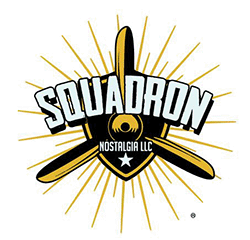
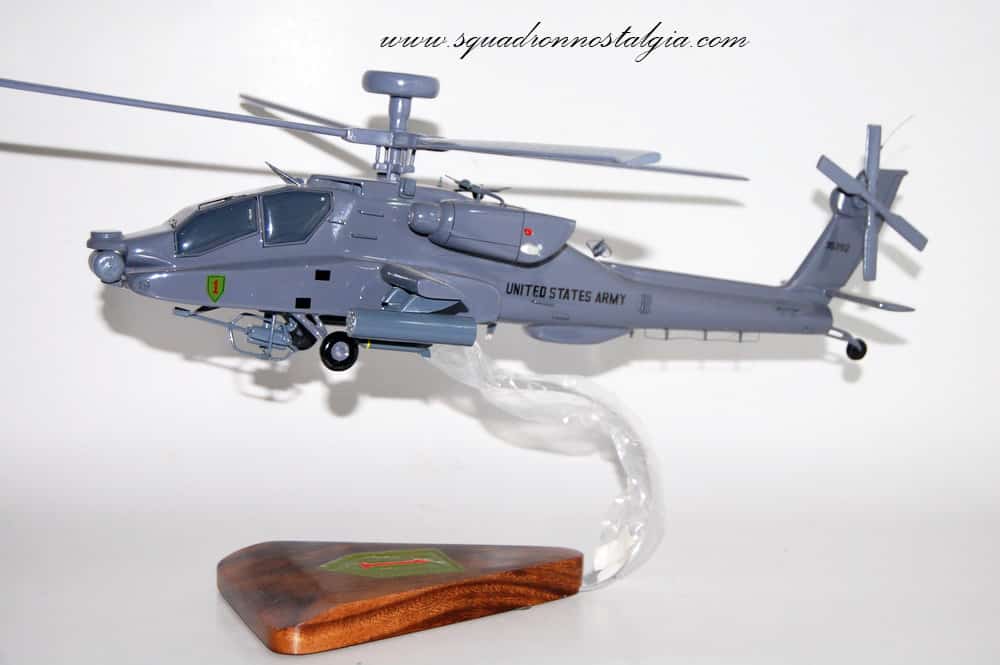

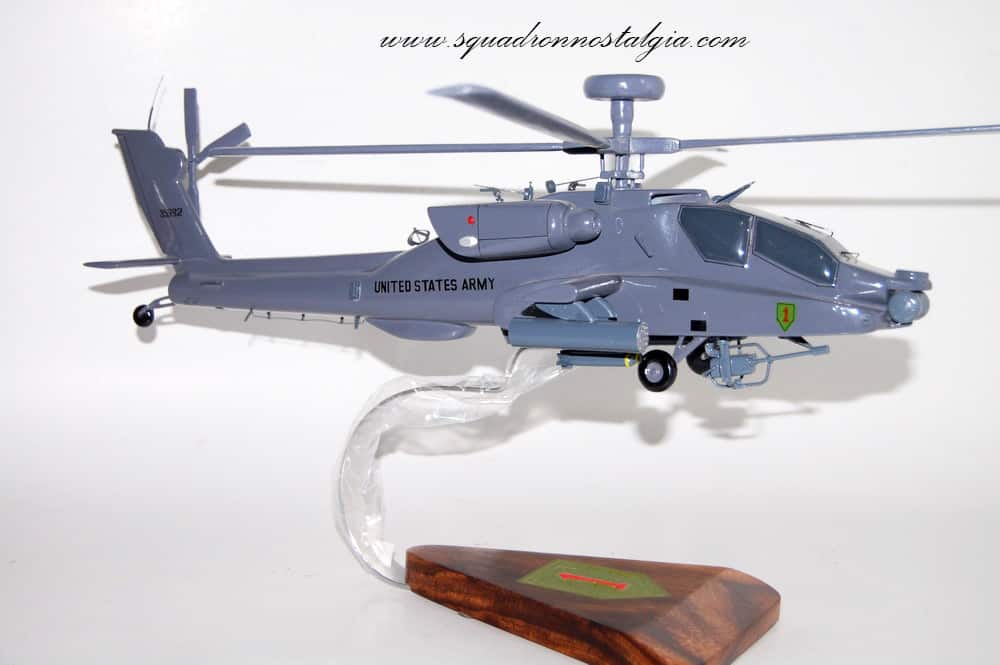
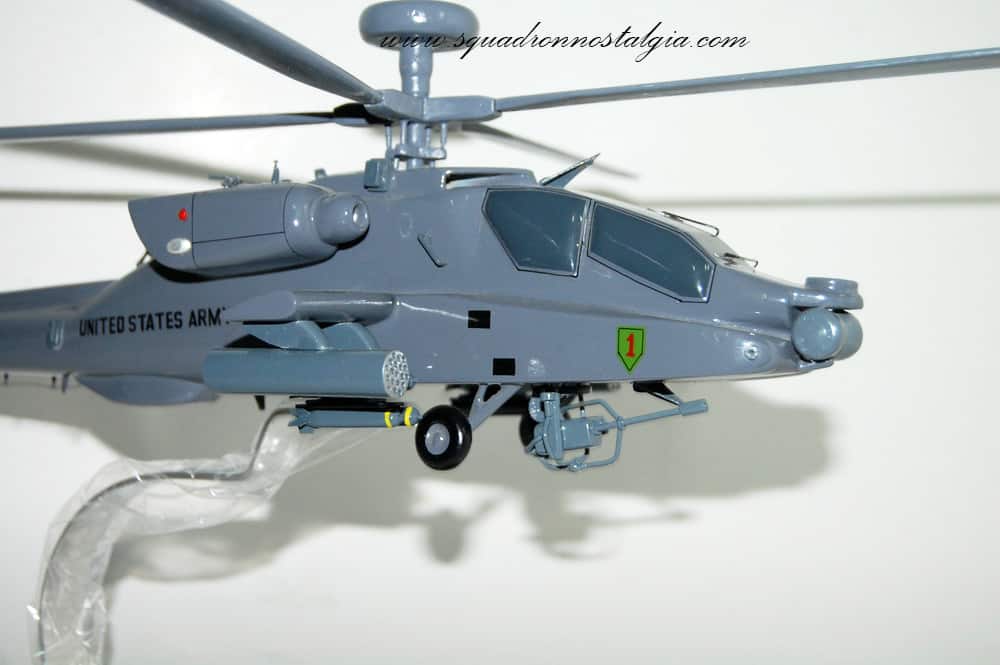
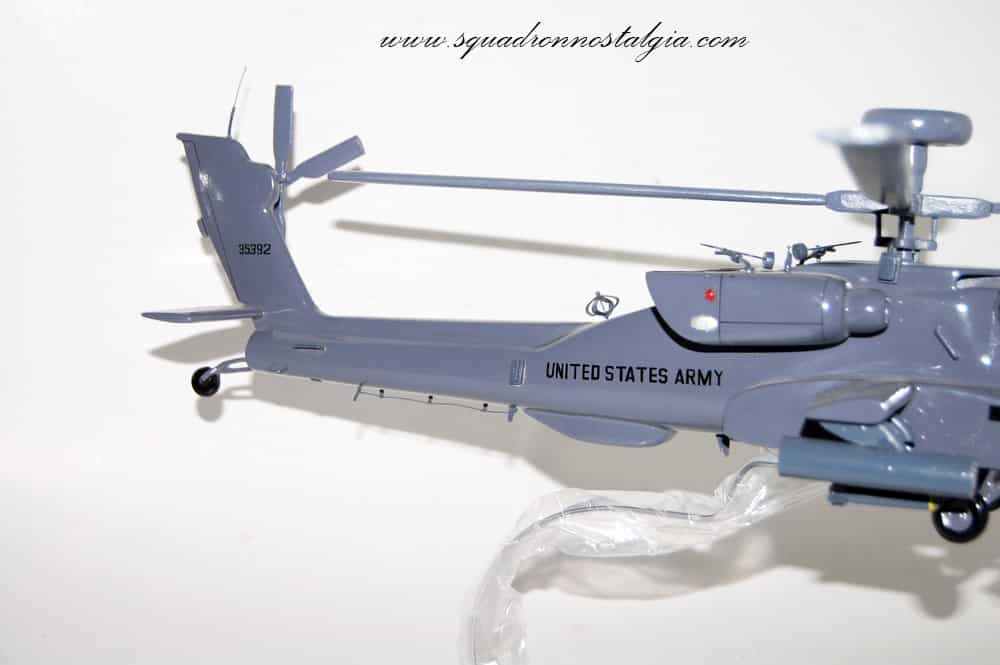
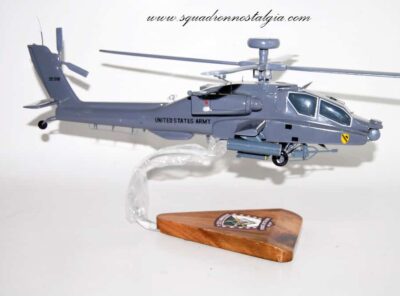
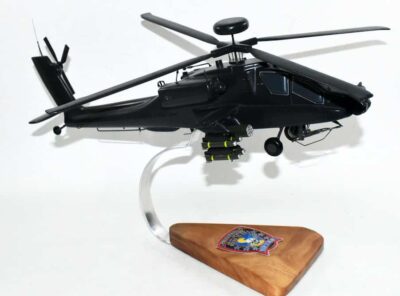
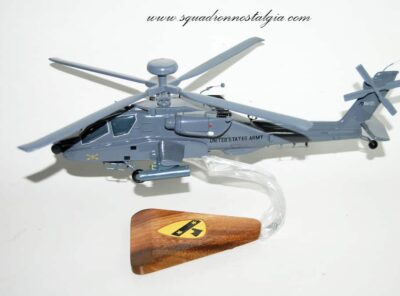
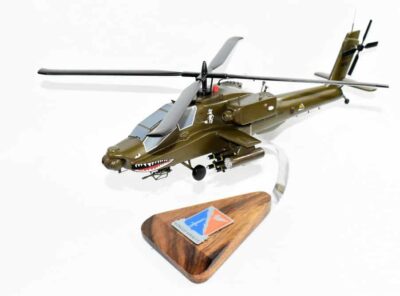
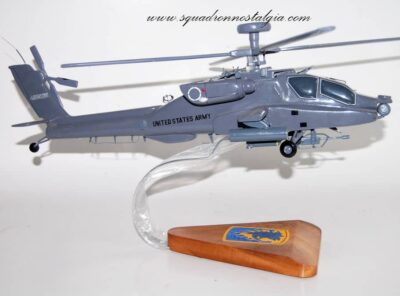
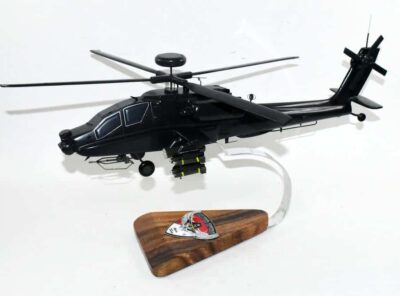
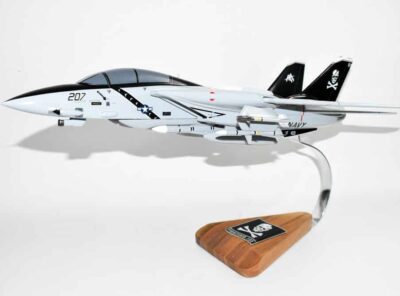
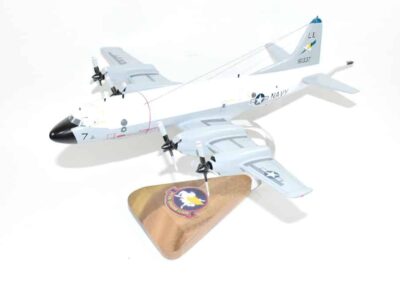
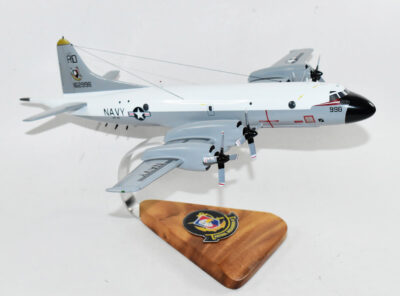
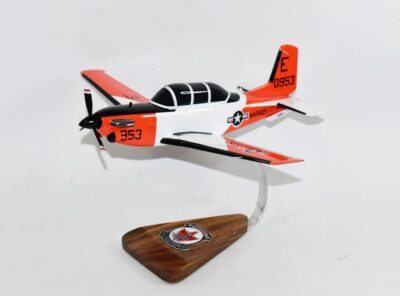
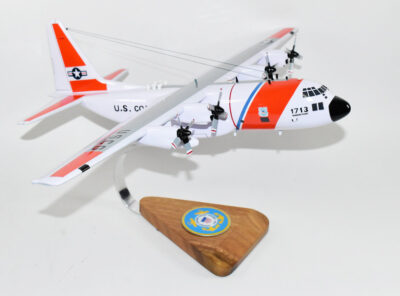
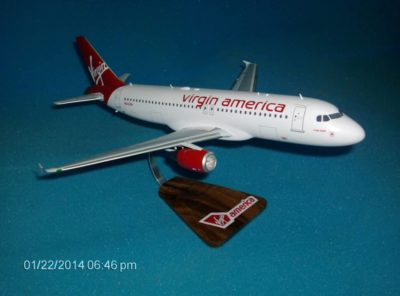
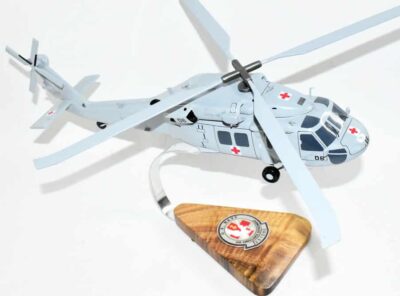
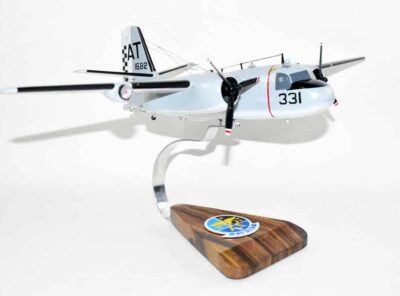
Reviews
There are no reviews yet.